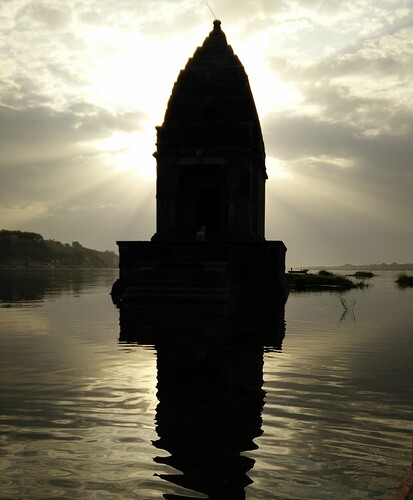By the 1980s, the mixed consequences of large river management interventions were being seriously debated. Nearly all such projects are expensive enough to be beyond the ability of growing economies to set aside sufficient funds, and the major economies, by and large, do not have sufficient infrastructural need to consider such projects. Instead, their own surplus funding is routed through global investment bodies such as the World Bank, Asian Development Bank and so on, as long term soft (ie low interest, extended payback terms) loans.
In India, expectations of local long term economy boosts have built political support for more such projects, including the very contentious Narmada River Dams project. People’s groups, most of which have little or no interest in politics/representational participation in government, are left to conduct scientific studies and analyses, that often counter the official narrative. The sustainability of such groups, over long periods, is difficult, and we have no mechanism or platform, outside of the state, created to provide a meaningful voice to people.
The Narmada dams project was particularly notable in directly impacting the people of three separate states, while delivering direct economic value mainly in just one. Gujarat lies at the southern end of India’s largest desert region, and is arid enough to sustain the world’s largest salt pan area, thousands of square kilometres in Kutch that lies below high tide levels.
While the details of the principal high dam, called the Sardar Sarovar, were massive enough to attract the attention of the media in India and abroad during the decades in which opposition to the project was voiced through judicial interventions and processes, the whole project involved, in fact, multiple subsidiary dams upstream and downstream.
One of these, the Maheshwar dam, located near the historic city of that name, seems to have been designed to bear testimony to the validity of the economic and technical grounds placed before the courts by the Narmada Bachao Andolan (the movement to save the Narmada river).
In a study published this month in the environmental activism journal Down To Earth, the extent of the financial, economic and technical mismanagement of the Maheshwar project is described in detail.
A special project vehicle, the Shree Maheshwar Hydel Power Corporation Limited (SMHPCL), had been created to build this dam, designed to generate affordable hydroelectric power in the area. The report states that the moneys spent so far, amounting to ₹5,000 cr, are irrecoverable. The stated purpose of creating a special privately incorporated entity to build the dam and power station, namely efficiency and technology, implicit in professional management, proves wrong.
Instead, it seems clear the company made efforts to cut corners, as the NBA found sufficient evidence to take to court and obtain work stoppage orders. The company was unable to satisfy the courts that it had rectified the problems, and, eventually, the state government (Madhya Pradesh state) cancelled the Power Purchase Agreement that is the sole guarantee of economic sustainability for the project.
As it stands now, the company has no assets other than the beginnings of a dam across the river, and that is why the attempt to invite a takeover has failed entirely.
